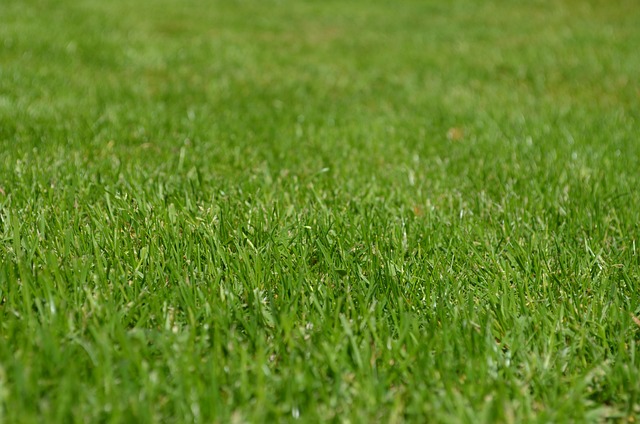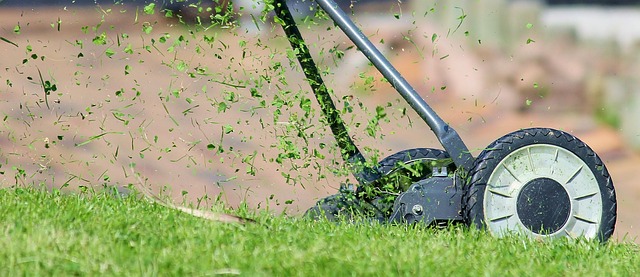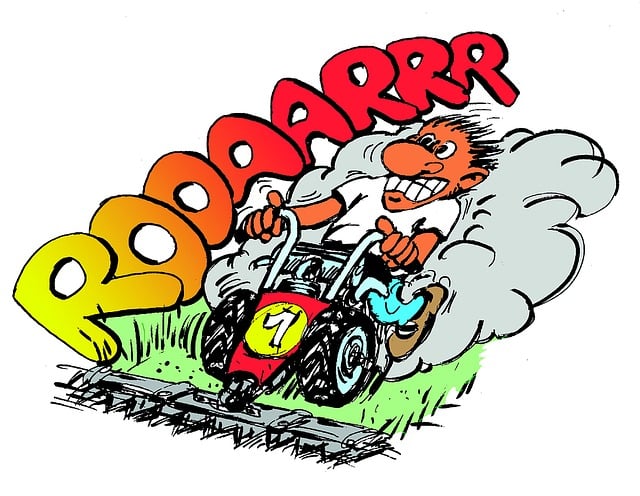Lawn fertilization and weed control are essential components of Lawn Care and Landscaping. Understanding macronutrients (nitrogen, phosphorus, potassium) promotes healthy grass growth. Optimal application times are spring and fall for effective nutrient absorption. Weed management involves prevention, early removal, strategic herbicide use, and eco-friendly practices like organic fertilizers and manual weeding to maintain a lush, weed-free lawn while preserving ecological harmony.
Lawn fertilization and weed control are integral parts of maintaining a healthy, vibrant outdoor space. This comprehensive guide explores effective strategies for each, empowering homeowners and landscapers alike. From understanding the essential nutrients and optimal timing for fertilization to mastering prevention and management techniques for weeds, we delve into an integrated approach that balances these critical components. Discover how to achieve a lush, weed-free lawn while enhancing your overall lawn care and landscaping efforts.
- Understanding Lawn Fertilization: Essential Nutrients and Timing
- Effective Weed Control Strategies: Prevention and Management Techniques
- Integrated Approach to Lawn Care and Landscaping: Balancing Fertilization and Weed Control
Understanding Lawn Fertilization: Essential Nutrients and Timing

Lawn fertilization is a crucial aspect of lawn care and landscaping, ensuring your grass stays healthy and lush. Understanding the essential nutrients required by your lawn and the optimal timing for application are key to achieving a vibrant green carpet. Nitrogen, phosphorus, and potassium are the primary macronutrients that plants, including grass, need to grow. These elements play vital roles in stem and leaf development, as well as in enhancing disease resistance.
Timing is equally important. Spring and fall are generally considered the best seasons for lawn fertilization due to the moderate temperatures and frequent rainfall, which aid in nutrient absorption. During these periods, lawns are actively growing, making it easier for them to incorporate fertilizers effectively. This strategic approach to lawn care not only promotes healthy grass but also contributes to a visually appealing landscape, enhancing the overall aesthetics of your outdoor space.
Effective Weed Control Strategies: Prevention and Management Techniques

Weed control is a vital aspect of lawn care and landscaping, ensuring your yard remains a lush green oasis. The key to effective management lies in prevention and early intervention. One of the best strategies is to maintain a healthy lawn through regular fertilization and proper watering. A robust, vibrant lawn can better compete with weeds, acting as a natural barrier. Overwatering or undercutting can disrupt this balance, so consistent care is essential.
Additionally, removing weeds before they go to seed is crucial. Hand weeding or using targeted herbicidal treatments can effectively eliminate existing weeds. For larger areas, pre-emergent herbicides applied in the spring can prevent weed seeds from germinating. Post-emergent herbicides are also available for treating established weeds, but they must be chosen carefully to avoid damaging desirable plants. Combining these strategies offers a comprehensive approach to lawn care and landscaping, keeping your outdoor space weed-free and visually appealing.
Integrated Approach to Lawn Care and Landscaping: Balancing Fertilization and Weed Control

In the realm of lawn care and landscaping, an integrated approach is key to achieving a lush, healthy garden without relying on excessive chemicals. Balancing fertilization and weed control involves understanding that both are essential for optimal grass growth but must be managed harmoniously. Over-fertilization can lead to uneven growth and environmental harm, while inadequate weed management invites invasive species to compete for nutrients.
The solution lies in a strategic, eco-friendly approach. Using organic fertilizers and manual weeding methods not only reduces chemical impact but also promotes a more sustainable ecosystem. This involves regularly testing soil health, selecting fertilizers tailored to specific grass types, and applying them at optimal times. For weed control, it’s about prevention through proper mowing heights, regular watering to encourage deep root growth, and targeted, non-toxic weeding techniques. Such an integrated approach ensures both lawn fertility and ecological balance in landscaping practices.
In conclusion, mastering lawn fertilization and weed control is integral to achieving a lush, healthy landscape. By understanding the essential nutrients needed for grass growth and timing fertilizer applications, combined with effective prevention and management techniques for weeds, you can create an appealing outdoor space. Adopting an integrated approach that balances these practices ensures optimal results in Lawn Care and Landscaping, enhancing both aesthetics and long-term sustainability of your garden.
